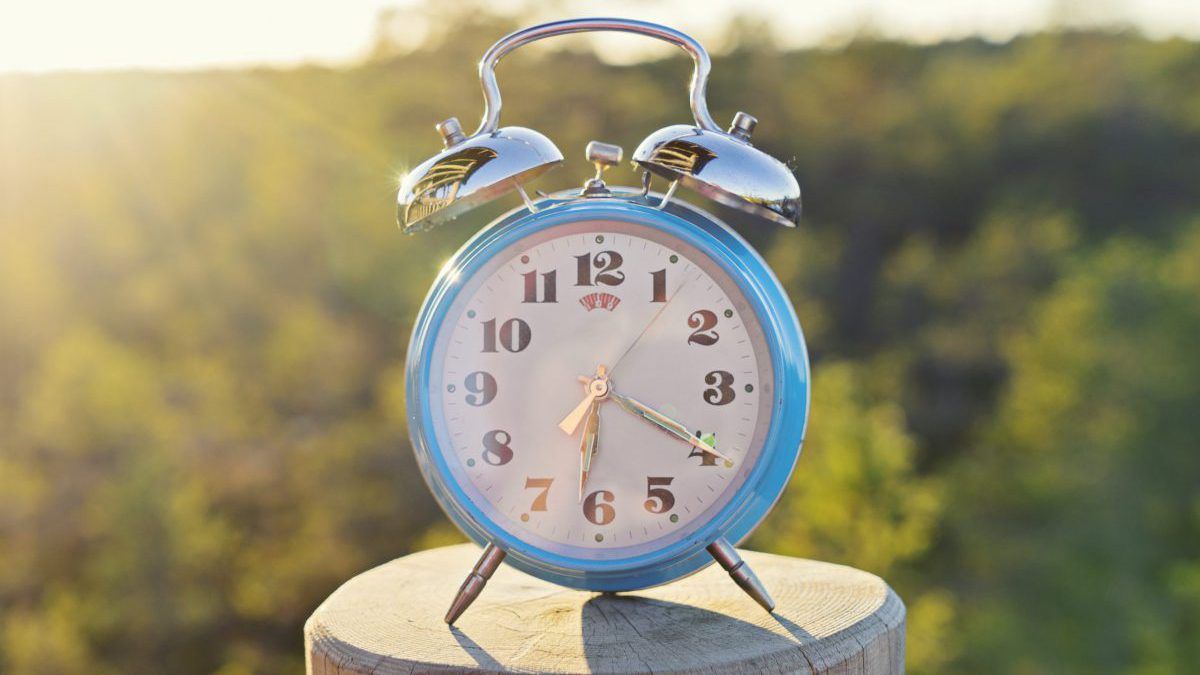Science
How accurate is subjective reporting of near work and outdoor time?

In this article:
Title: Objectively Measured Near Work and Light Exposure in Adults
Authors: Khob R. Bhandari1 , Hanieh Mirhajianmoghadam1 , Lisa A. Ostrin1
- University of Houston College of Optometry, Houston, Texas, United States
Reference: ARVO 2021 abstract
Summary
Young adults wearing the spectacle-mounted Clouclip device to measure viewing behaviour and light exposure also kept an activity diary. The illuminance measurements of the Clouclip were validated against another instrument, the wrist-worn Actiwatch Spectrum. While the duration of time spent at various viewing distances and in increasing illumination is described in the abstract, what's most intriguing is the evidence that both near work and outdoor time were over-reported subjectively by the participants. Mean daily dioptre-hours, near and intermediate hours and outdoor hours were all subjectively reported at about 150% of the objectively measured hours.
What this means for your clinical practice: Providing clinical advice on near work and outdoor time to young myopes is imperative, but currently the scientific basis is complex and built mostly on subjective surveys. This study indicates the value of objective measurement, which along with providing more accurate research evidence, could become a clinical education and behaviour modification tool in future.
Abstract
Purpose: Evidence supporting a role for near work in myopia prevalence and progression is conflicting, likely due to the subjective nature in which behaviors are traditionally quantified. Additionally, potential mechanisms have not been elucidated. Animal studies suggest that temporal patterns of myopiagenic stimuli may be significant. Continuous objective measurement of viewing behavior and light exposure may help to better understand contributing factors. Here, a novel sensor, the Clouclip, is further validated in adults.
Methods: Five adults wore a spectacle-mounted Clouclip during waking hours and wrist-worn Actiwatch Spectrum continuously for 7 days. Working distance and illuminance were recorded by the Clouclip every 5 seconds (s) and 2 minutes (min), respectively. Activity and illuminance were recorded by the Actiwatch every 1 min. Subjects maintained a log of activities. Data were analyzed in MATLAB. Near work was defined as viewing distances of 10 to <60 cm, and intermediate work 60 to <100 cm. Near work episodes were defined as >1 min near viewing with no interruption >20 s. Continuous near work was defined as 30 min with no interruptions >60 s. Clouclip- and Actiwatch-measured illuminances were compared, and shifts from indoors to outdoors were quantified.
Results: Clouclip wear time was 14.4±0.6 hours (h) per day. Activities noted in subject logs correlated well to Clouclip-measured distance and illuminance. Mean daily duration of near work was 5.0±2.8 h, and intermediate work was 2.1±1.5 h. Mean daily number of near work episodes was 57.1±31.7 with duration of 4.6±1.2 min each and distance of 33.0±4.2 cm. Mean daily number of continuous near work episodes was 1.7±1.2. Clouclip-measured mean daily light exposure (281±210 lux) was not significantly different than Actiwatch-measured light exposure (125.1±119.8 lux, P=.09). Mean daily wake time spent in illuminance <30 lux, 30 to <1000 lux, >1000 lux, >2000, and >3000 lux were 6.1±2.2 h, 6.6±2.1 h, 0.8±0.8 h, 0.5±0.6 h, and 0.4±0.5 h respectively. The number of shifts between indoors and outdoors was 4.9 ± 4.5 (range: 0-15).
Conclusions: The Clouclip provided continuous, objective data for viewing distance and illuminance that correlated well with subject logs and with the Actiwatch, a widely used light sensor. These findings suggest that the Clouclip will be a valuable tool for quantifying behaviors that have been linked to myopia.
Disclosures: Khob R. Bhandari, None; Hanieh Mirhajianmoghadam, None; Lisa A. Ostrin, None
Meet the Authors:
About Kate Gifford
Dr Kate Gifford is an internationally renowned clinician-scientist optometrist and peer educator, and a Visiting Research Fellow at Queensland University of Technology, Brisbane, Australia. She holds a PhD in contact lens optics in myopia, four professional fellowships, over 100 peer reviewed and professional publications, and has presented more than 200 conference lectures. Kate is the Chair of the Clinical Management Guidelines Committee of the International Myopia Institute. In 2016 Kate co-founded Myopia Profile with Dr Paul Gifford; the world-leading educational platform on childhood myopia management. After 13 years of clinical practice ownership, Kate now works full time on Myopia Profile.
Enormous thanks to our visionary sponsors
Myopia Profile’s growth into a world leading platform has been made possible through the support of our visionary sponsors, who share our mission to improve children’s vision care worldwide. Click on their logos to learn about how these companies are innovating and developing resources with us to support you in managing your patients with myopia.











